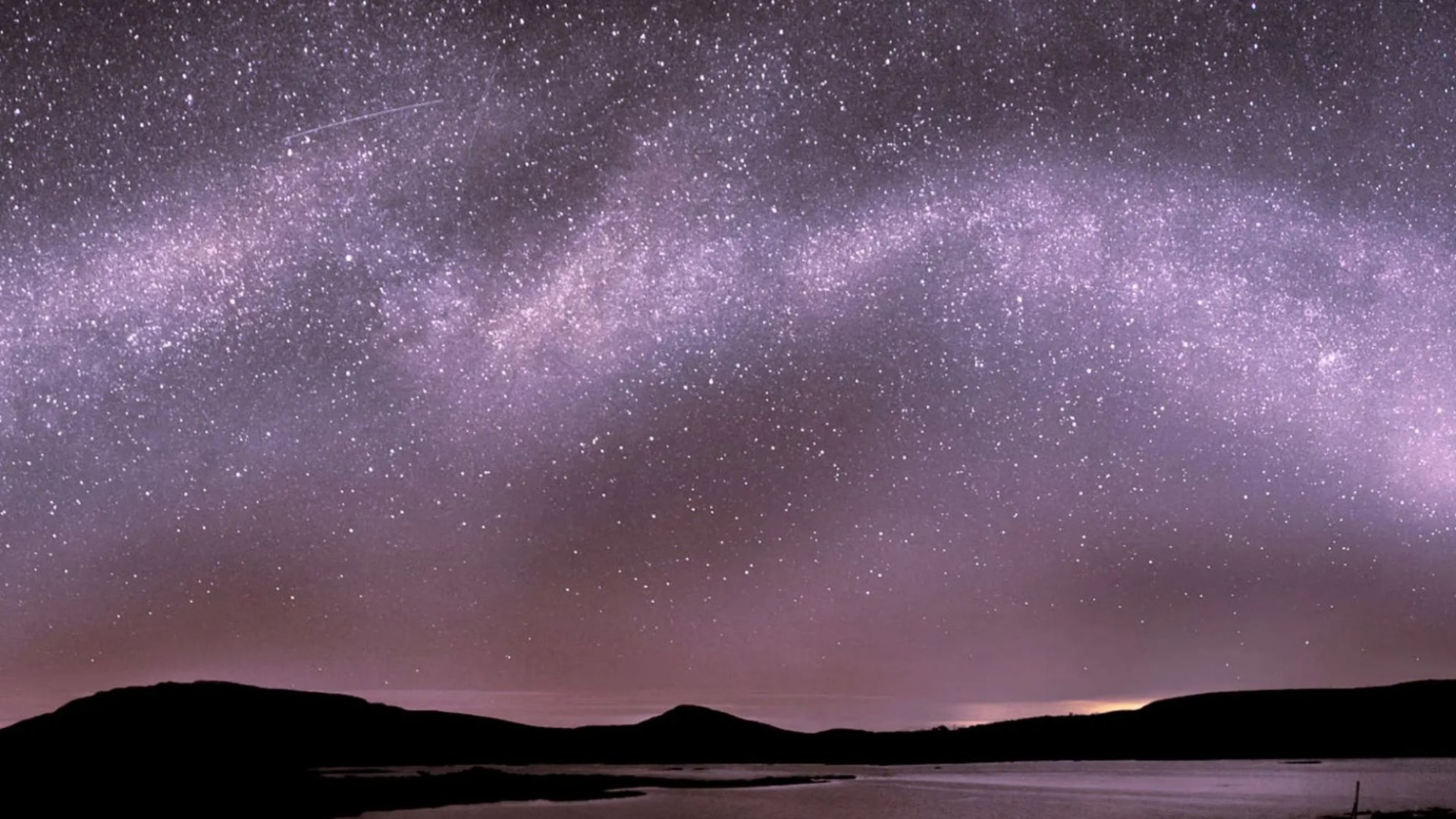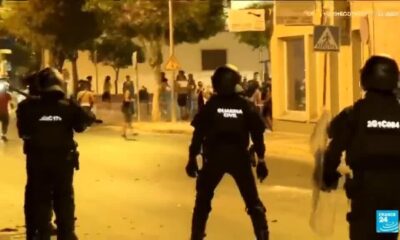Science
Stargazers Prepare for Spectacular Perseid Meteor Shower Tonight

Astronomy enthusiasts in Ireland are gearing up for a remarkable astronomical event tonight, as the annual Perseid meteor shower is expected to deliver an impressive display of up to 150 meteors per hour. According to experts from the European Space Agency, this year’s show will resemble “natural fireworks,” providing a stunning spectacle for those looking up.
The peak of the Perseid meteor shower will occur as Earth travels through the debris left by Comet Swift-Tuttle, which is estimated to be over 5 billion years old. This ancient comet orbits the sun every 20 to 200 years, and the meteors produced are known for their rapid speed, averaging around 58 km/s. As these meteors enter the Earth’s atmosphere, they create bright trails, known as meteor trains, caused by the intense heat generated as they compress the air in front of them.
While many stargazers may find it possible to witness the meteors without any equipment, potential viewers should be mindful of the brightness of the full moon, which could hinder visibility. Dr. Shyam Balaji, a theoretical physicist at King’s College London, notes, “It is one of the fastest and brightest meteor showers of the year, making it a significant highlight for stargazers.”
Optimal Viewing Locations and Times
For those keen to catch the best view of the Perseid meteor shower, Dr. Balaji suggests focusing on the northeastern part of the sky, particularly near the constellation Perseus. While it’s possible to see meteors in any direction, this area is recommended for an optimal experience. The ideal time for viewing will be between midnight and 5:30 AM, when the night sky is at its darkest.
Individuals in urban areas may face challenges due to light pollution. To maximize viewing potential, experts recommend finding a dark area away from city lights. In Dublin, locations such as Phoenix Park and Bull Island are considered ideal spots, as they offer reduced light interference.
Understanding Meteors and Their Characteristics
To help stargazers differentiate between celestial objects, NASA provides a brief overview of key terms related to meteors:
– **Asteroid:** A small rocky body orbiting the Sun, primarily found in the asteroid belt between Mars and Jupiter.
– **Meteoroid:** Small chunks that break off from asteroids during collisions.
– **Meteor:** When a meteoroid enters the Earth’s atmosphere and begins to burn up, creating a visible streak of light.
– **Meteorite:** If a meteoroid survives its passage through the atmosphere and lands on Earth, it is called a meteorite.
– **Comet:** Comets orbit the Sun and are composed of ice and gas, often displaying spectacular tails as they approach the Sun.
For the best viewing experience, individuals are advised to choose locations with an unobstructed horizon, away from trees and tall buildings. While binoculars may seem useful, they can limit the overall view of the sky, potentially causing viewers to miss the shooting stars. Dr. Balaji suggests that the best way to enjoy the meteor shower is with the naked eye, allowing for a broader perspective.
Stargazing apps such as Sky Guide or Stellarium can enhance the experience by helping users identify the right areas of the sky to focus on during the shower. As the night unfolds, the Perseid meteor shower promises to be a captivating event for all who take the time to look up.
-

 Entertainment2 weeks ago
Entertainment2 weeks agoAimee Osbourne Joins Family for Emotional Tribute to Ozzy
-

 Politics2 weeks ago
Politics2 weeks agoDanny Healy-Rae Considers Complaint After Altercation with Garda
-

 World4 weeks ago
World4 weeks agoHawaii Commemorates 80 Years Since Hiroshima Bombing with Ceremony
-

 Top Stories4 weeks ago
Top Stories4 weeks agoFianna Fáil TDs Urgently Consider Maire Geoghegan-Quinn for Presidency
-

 World4 weeks ago
World4 weeks agoGaza Aid Distribution Tragedy: 20 Killed Amid Ongoing Violence
-

 World4 weeks ago
World4 weeks agoCouple Convicted of Murdering Two-Year-Old Grandson in Wales
-

 World4 weeks ago
World4 weeks agoAristocrat Constance Marten and Partner Convicted of Infant Murder
-

 Top Stories4 weeks ago
Top Stories4 weeks agoClashes Erupt Between Far-Right Groups and Migrants in Spain
-

 Top Stories4 weeks ago
Top Stories4 weeks agoHistoric Dalkey Pub The Queens Reopens Under New Management
-

 World4 weeks ago
World4 weeks agoTrump Defends FBI Deputy Director Amid Epstein Files Controversy
-

 Business4 weeks ago
Business4 weeks agoSunshine 106.8 Boosts Irish Music After Regulator’s Request
-

 Politics4 weeks ago
Politics4 weeks agoTragic Crowd Surge at Gaza Aid Center Claims 20 Lives









